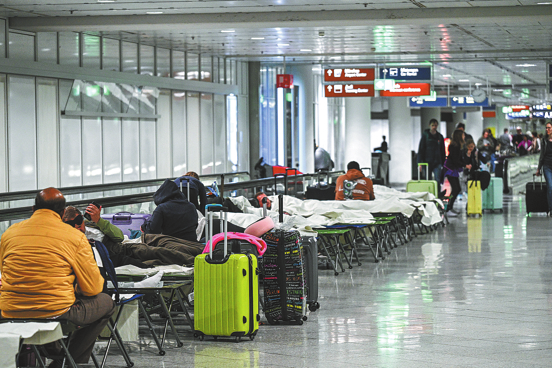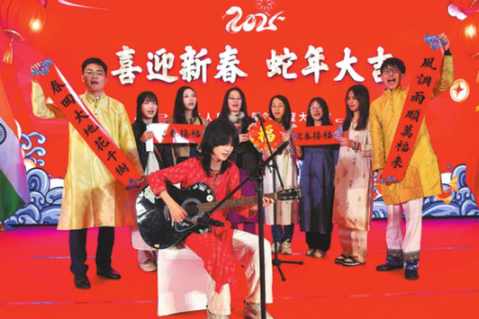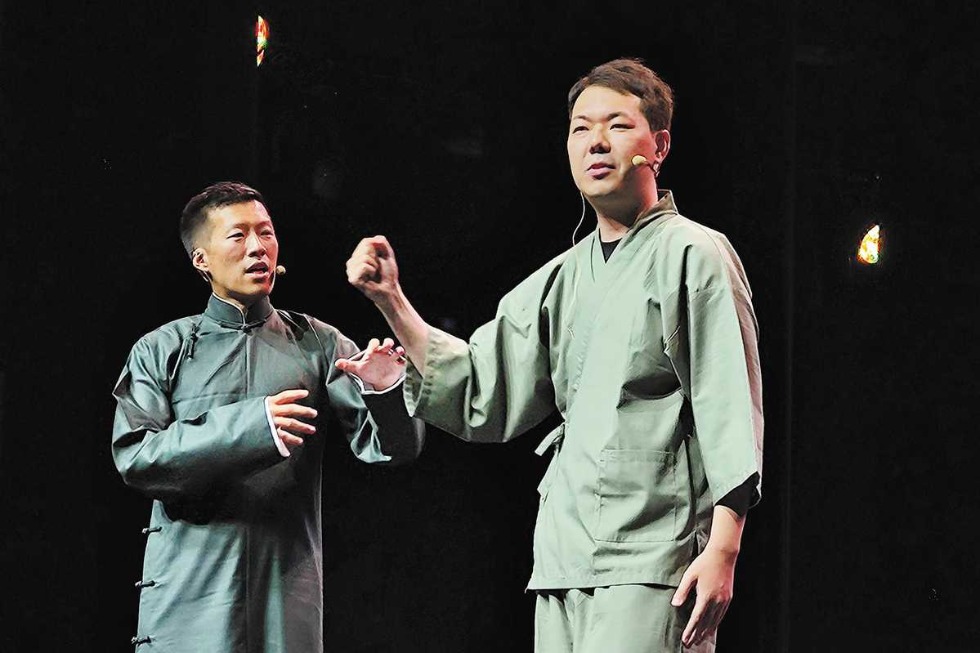Report: Japan used chemical weapons in WW II


The discovery of a Japanese army report confirms that Japan used chemical weapons in northern China during World War II.
Japanese historian Seiya Matsuno, who found the report, said on Sunday that it was the first in which the Japanese army itself detailed the use of the poison gases.
Matsuno said the Imperial Japanese Army systematically destroyed all records after its defeat, so this report may have been kept personally by a soldier.
"The report is evidence that Japan's government wants to deny and cover it up," said Atsushi Koketsu, a history professor at Meiji University in Tokyo, adding that more people should be aware of the wartime history, especially the "young people".
The 100-page report was compiled by a frontline nerve gas battalion of the Japanese army posted in Shanxi province. It recorded that the unit used munitions containing a blister agent and a sternutatory agent in 1939.
The blister agent inflamed the skin and mucous membranes, and the sternutatory agent caused nausea and extreme pain in the respiratory system.
Japan had ratified the 1907 Hague Convention on land warfare, which prohibited the use of chemical weapons in war.
"Revealing what happened on the battlefield during the Sino-Japanese War is just the tip of the iceberg. We must investigate the truth in order to learn from it and prevent this tragic history from repeating itself," Matsuno said.
The report describes battles, and has records of shelling, copies of orders to use nerve gas munitions, and details the battle strategy carried out in the mountain ranges of Shanxi in July 1939, two years after war broke out between the two countries.
The battalion mapped out plans to use "yellow" shells, containing the blister agent, and "red" shells, containing the sternutatory agent, after receiving orders from their superiors.
During the July 6 battle, the Japanese army fired 31 "red" shells at a Chinese army position equipped with machine guns, according to the report. It did the same on July 17, firing 60 "red" shells and 28 "yellow" shells to provide backup to infantry. The following day, the Japanese fired 140 "red" shells and 20 "yellow" shells, the report showed.
After an analysis of the Chinese forces' strength, the use of "red" shells was considered imperative to shake the enemy from its secure base in the mountains. The "yellow" shells were rated as "extremely effective", Matsuno said.
Kyodo News contributed to this story.

































